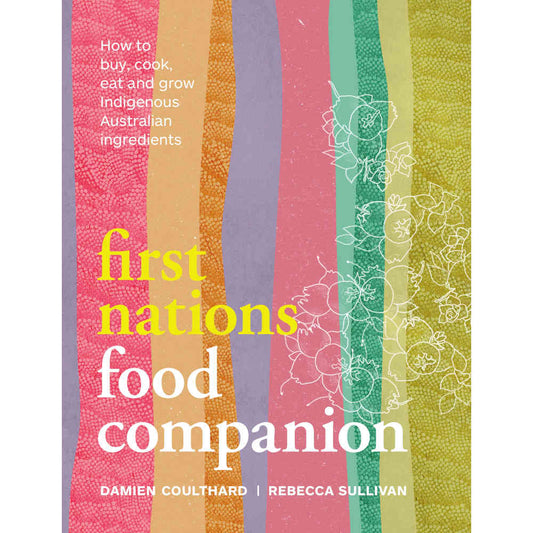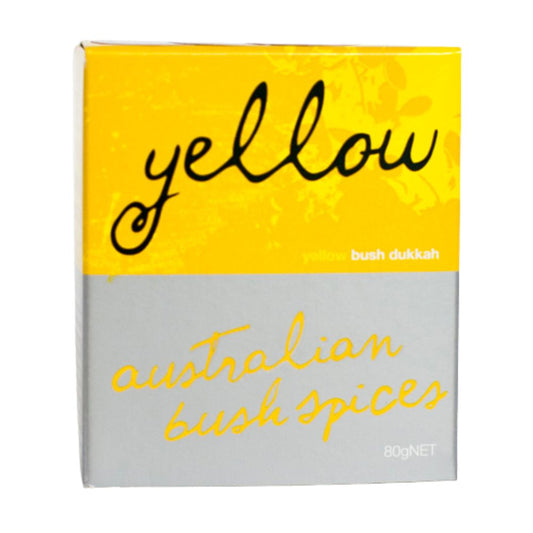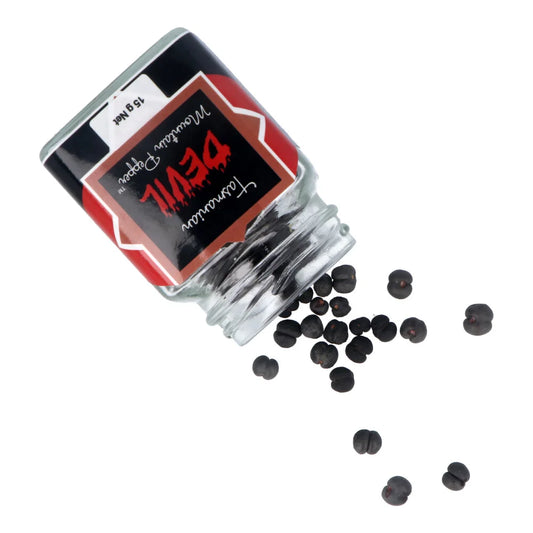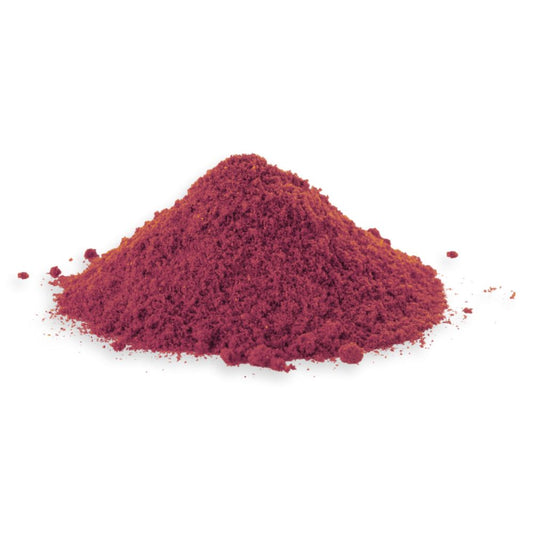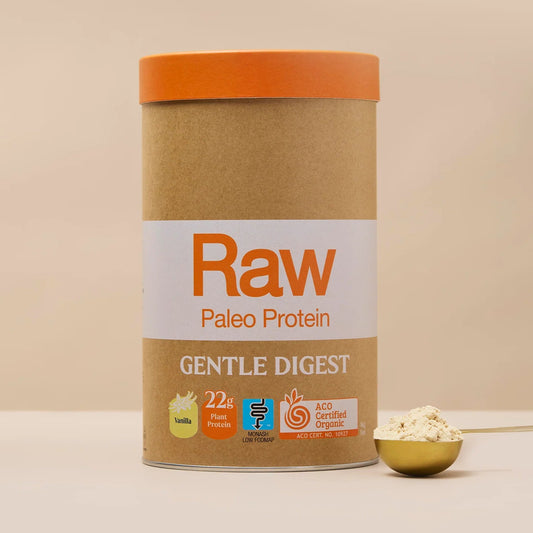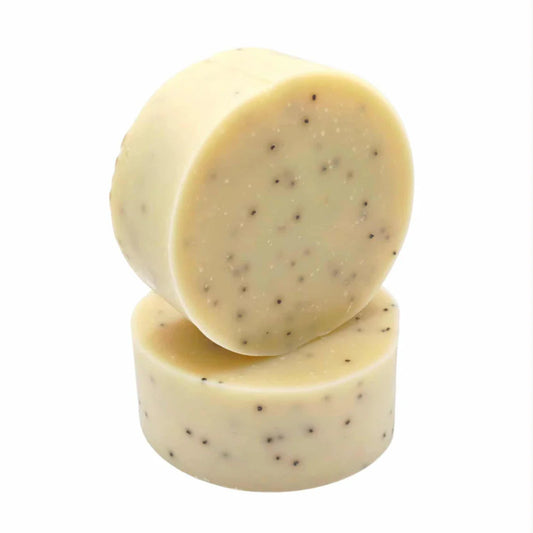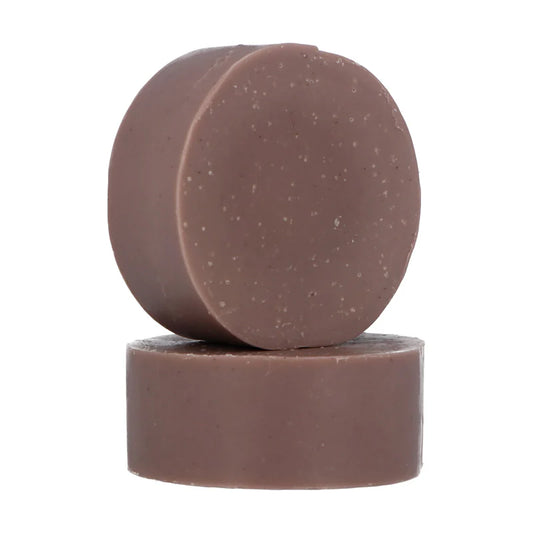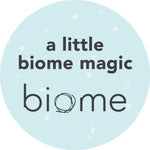
First published in April 2022. Updated in October 2025.
Australia’s Indigenous communities have used native ingredients for more than 40, 000 years, not only do native ingredients offer nutritional and medicinal value, but they are also important for connection to country. Today, these remarkable ingredients are inspiring home cooks and chefs alike to create uniquely Australian dishes that are rich in flavour and nutrition.
Cooking with native ingredients helps us rediscover what grows naturally here — and often, it’s the more sustainable choice. Below, we explore some of our favourite native Australian herbs, spices, and fruits, and share simple ways to incorporate them into your food.
Australian Native Ingredients and Fine Foods
The Australian fine food scene is increasingly celebrating native ingredients for their nutritional value and distinctive taste. These bush foods — including herbs, fruits, and seeds — are rich in vitamins, minerals, antioxidants, and unique flavour profiles.
Dietitian Hayley Blieden was among the first to bring these ingredients into the national spotlight, challenging Australia’s reliance on imported “superfoods” and highlighting our own nutrient-dense local options. Since then, cafés, chefs, and even MasterChef contestants have showcased how beautifully these native ingredients can transform everyday cooking.
As demand grows, it’s essential that ingredients are sourced responsibly, with respect for the environment and traditional knowledge. At Biome, we always look for partners who harvest and produce ethically and sustainably.
Australian Native Ingredients
Wattleseed
Wattleseed is one of the most important and versatile native Australian ingredients. Although wattle trees grow across the continent, only certain species produce edible seeds — mostly in the drier inland regions.
Wattleseeds are nutrient-dense, packed with iron, zinc, calcium, potassium, and up to 20% protein and over 30% fibre. Once roasted, they develop a rich, coffee-and-chocolate aroma that works beautifully in both sweet and savoury dishes.
How to use wattleseed:
-
Nut and seed mixes – Combine roasted wattleseed with macadamias in Anzac biscuits, granola, or dukkah.
-
Savoury meals – Blend ground wattleseed with coriander seed, lemon myrtle, and Murray River salt flakes to season meats or veggies.
-
Chocolate dishes – Add to puddings, cakes, or truffles for depth and richness.
-
Caffeine alternative – Brew ground wattleseed as a caffeine-free coffee. Once steeped, mix the soaked grounds through ice-cream for a delicious treat.
Saltbush
Saltbush grows naturally in the semi-arid and arid regions of Australia and has long been valued for its subtle saltiness and earthy, herbaceous notes. Traditionally, Indigenous Australians used saltbush leaves to cleanse skin wounds and irritations, while the seeds were ground and added to baked goods.
Saltbush seeds are still used for baking, and the leaves can be enjoyed in fresh salads or dried in marinades and sauces. Both the seeds and leaves are protein-rich and full of minerals, often used as a salt substitute, Saltbush offers a gentle savoury flavour that enhances without overpowering.
How to use saltbush:
-
For seasoning – Sprinkle dried leaves over roast veggies or meats.
-
As a salt alternative – Replace table salt in marinades or rubs.
-
With eggs or breads – Combine with herbs for scrambled eggs or knead into damper dough.
-
Try this – Roast garlic with olive oil and pepperberries, then sprinkle with saltbush for a flavourful spread.
Tasmanian Pepper Berry
Also known as mountain pepper, this ingredient grows in Tasmania’s cool rainforests. Its deep purple berries add a sharp, peppery heat with a fruity edge.
Tasmanian pepper berry is ideal for flavouring foods, but it has also been used by Indigenous Australians for its antiseptic properties.
Pepper berries are high in antioxidants and make a perfect alternative to black pepper — but use sparingly, as their heat builds quickly!
How to use Tasmanian pepper berry:
-
Replace black pepper in your grinder.
-
Mix with sea salt to season roasted veggies or meats.
-
Add to mushroom or beetroot risotto.
-
Use in creamy, cheesy dishes or sauces for a bold bite.
Kakadu Plum
Native to Northern Australia, Kakadu plum is one of the most powerful natural sources of Vitamin C — up to 100 times more than an orange. It is an antioxidant-rich, immune-boosting superfood that has been used by Indigenous Australians for centuries.
The fruit has a tangy, slightly nutty flavour and works best in raw or lightly processed recipes to preserve its nutrients.
How to use Kakadu plum:
-
Blend into smoothies, chia puddings, or yoghurt.
-
Add to raw snacks like bliss balls or slices.
-
Mix into zesty salad dressings or sauces.
-
Pair with ginger, chilli, or garlic in savoury dishes.
Lemon Myrtle
Endemic to Queensland’s subtropical rainforests, lemon myrtle has a clean, citrusy flavour that brightens almost any dish. Lemon myrtle boasts immune-boosting properties, aids digestion, and contains Vitamins A and E, as well as magnesium. It also has anti-fungal and antibacterial properties.
How to use lemon myrtle:
-
Combine with macadamias for nut mixes.
-
Replace lemon peel or juice in recipes.
-
Add to shortbread, cakes, or muffins.
-
Sprinkle with salt and pepperberries over roast veggies or fish.
Let’s Get Cooking
With these herbs, seeds, and fruits in your pantry, you can experiment and create uniquely Australian flavours at home. From wattleseed desserts to pepper berry risottos, there’s no shortage of ways to bring our native ingredients into everyday cooking. Diversify your pallet!
For a deeper dive into native foods, we recommend First Nations Food Companion and Bush Tukka Guide — beautiful, educational resources on native Australian ingredients and cooking.
Compare What's In Our Native Spice Blends
| Product Name | Use | Ingredients |
|---|---|---|
| Australian Bush Spices – Bush Dukkah | Ideal with fresh bread + extra virgin olive oil; snack/dip style. | Pecan, wattleseed, hazelnut, macadamia, sesame seeds, salt, lemon myrtle, coriander. |
| Australian Bush Spices – Salad Sprinkle | Sprinkle over salads or roasted veggies, or use in a dressing. | Macadamia, bush tomato, finger lime, sesame seeds, lemon myrtle, pepper, salt, ginger. |
| Australian Bush Spices – Sweet Dusting Blend | Use as a topping for pancakes, ice-cream, fruit (sweet treat). | Bunya nut, macadamia, quandong, raw sugar, lemon myrtle, cinnamon. |
| Australian Bush Spices – Sweet Cooking Blend 80g | Add to baking: muffins, cookies, overnight oats (sweet/nutty). | Lemon myrtle, cinnamon, macadamia, wattleseed, raw sugar, strawberry gum. |
| Oz Tukka – Macadamia Nut Savoury Dukkah | Sprinkle on savoury dishes: potatoes, eggs, fish, etc. | Macadamia nuts, sesame seeds, Australian native spices, ground dried tomatoes, salt, sugar. |
| Creative Native – Saltbush and Vinegar Sprinkle | Finish off hot chips, roast veg, garnish dishes with salt-&-vinegar flavour. | Sea salt, apple cider vinegar powder, tapioca starch, saltbush (19%), pepperleaf, spices. |
| Creative Native – Pepperleaf Blackening Spice | Use for blackened crusts on fish, prawns, chicken, burgers or vegetable sides; smoky & bold. | Salt, paprika, pepperleaf (12%), sugar, tapioca starch, garlic, onion, black pepper, cayenne pepper, native oregano (2%), olive oil, spices. |
FAQs: Learn More About Native Ingredients
What makes Australian native ingredients sustainable?
They’re adapted to our environment, requiring less water and fewer inputs than many imported crops.
Can I grow native herbs and spices at home?
Yes — many, like lemon myrtle and saltbush, grow well in Australian backyards.
Are these ingredients suitable for vegetarians and vegans?
Absolutely. They’re plant-based and nutrient-rich, perfect for any diet.
Where can I find these ingredients?
Explore Biome’s Herbs & Spices collection for a range of native spice blends and pure ingredients.
Shop more at Biome
Australian Gifts with Flora and Fauna
Related reads
How To Use Australian Native Ingredients in Your Pickles & Ferments

